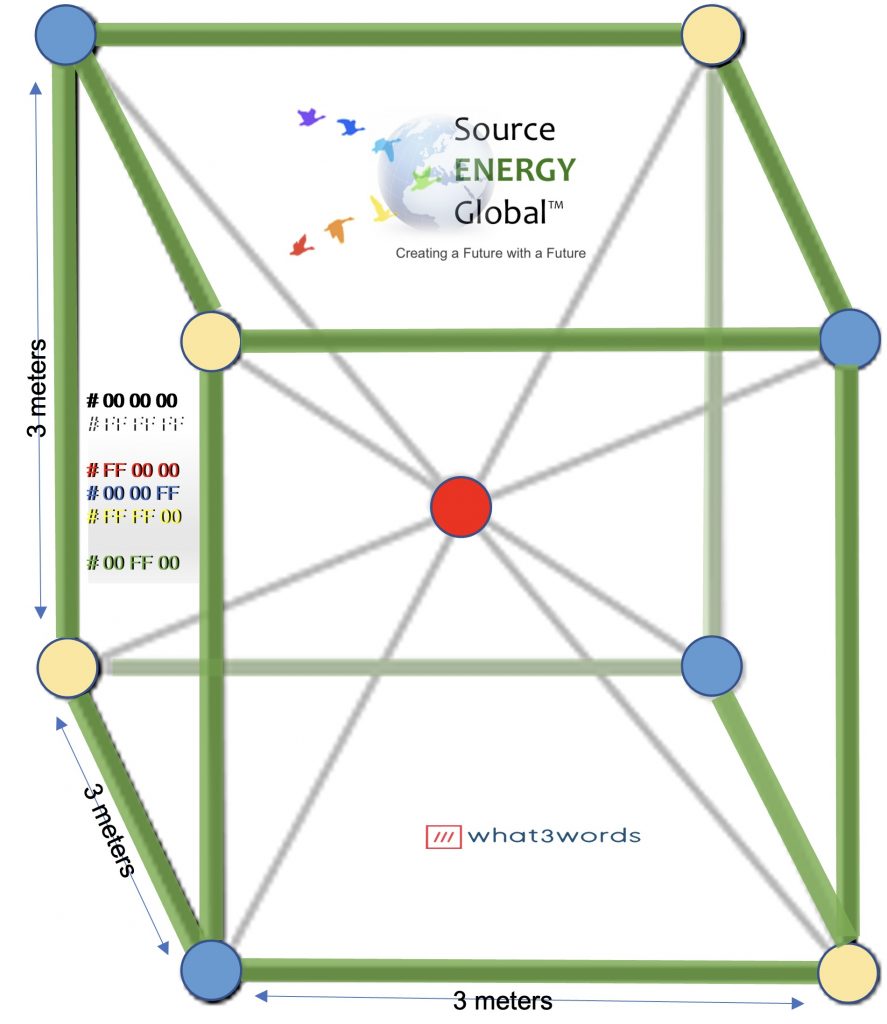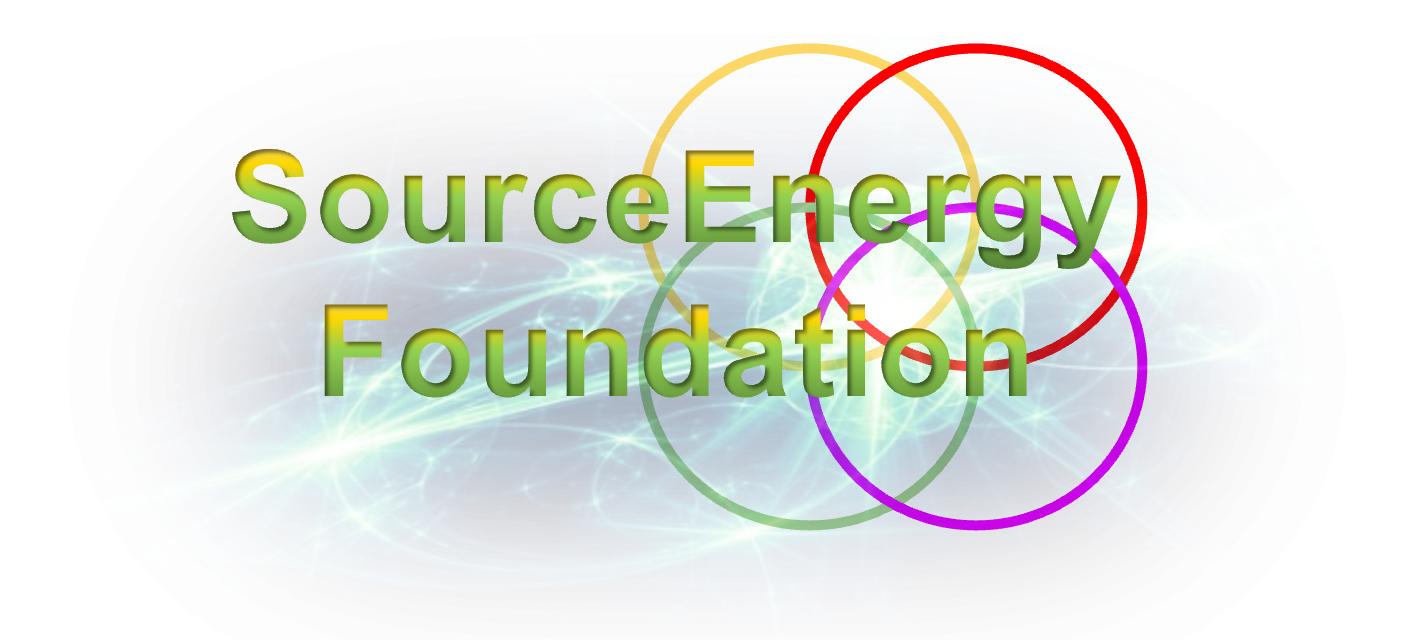39. Additive Manufacturing – Infrared inspection39.
| 39 | LAR-TOPS-265 | Additive Manufacturing – Infrared inspection |
Dear Dr. Oliver Jones,
The incorporation of Additive Manufacturing with Infrared Inspection in the context of your Wealth Ecology Model offers an interesting dialogue between efficiency, technology, and societal betterment. This technology has broad implications across the spectrum of Energy, Technology, Community, and Education.
Wealth Ecology Model Framework:
- Energy: Falling under the umbrella of ‘Energy Wealth,’ the additive manufacturing process with infrared inspection stands as a paradigm for energy optimization. As a cutting-edge manufacturing technique, additive manufacturing already offers resource efficiency; when paired with infrared inspection, the process gains a layer of quality control that minimizes waste and thereby reduces energy consumption. This ultimately aligns with the goal of creating more energy-efficient industrial ecosystems.
- Technology: Concerning ‘Technological Wealth,’ this technology is a blend of advanced manufacturing techniques and state-of-the-art material inspection methods. The integration of infrared technology for inspection elevates the process to a new level of precision, which could potentially spur further innovations in the fields of manufacturing, automation, and quality control.
- Community: For the ‘Community Wealth’ domain, industrial communities stand to benefit the most from this technology. It can lead to higher-quality products, fewer manufacturing errors, and ultimately, a more robust industrial base. This in turn can lead to job creation, a heightened focus on skilled labor, and an overall increase in community well-being.
- Education: Finally, within the scope of ‘Educational Wealth,’ the technology can act as a catalyst for the development of enriched academic programs in manufacturing engineering and material sciences. Educational institutions could leverage this as a teaching tool or research focus, thereby equipping the next generation with the skills and knowledge required for future industrial challenges.
In summary, the potential of additive manufacturing coupled with infrared inspection to contribute to a more balanced and sustainable Wealth Ecology is evident. It serves as a textbook example of how advancements in technology can be channeled through the lens of your model to achieve a multifaceted impact on energy, technology, community, and education.
Respectfully, SourceEnergy Group R&D

